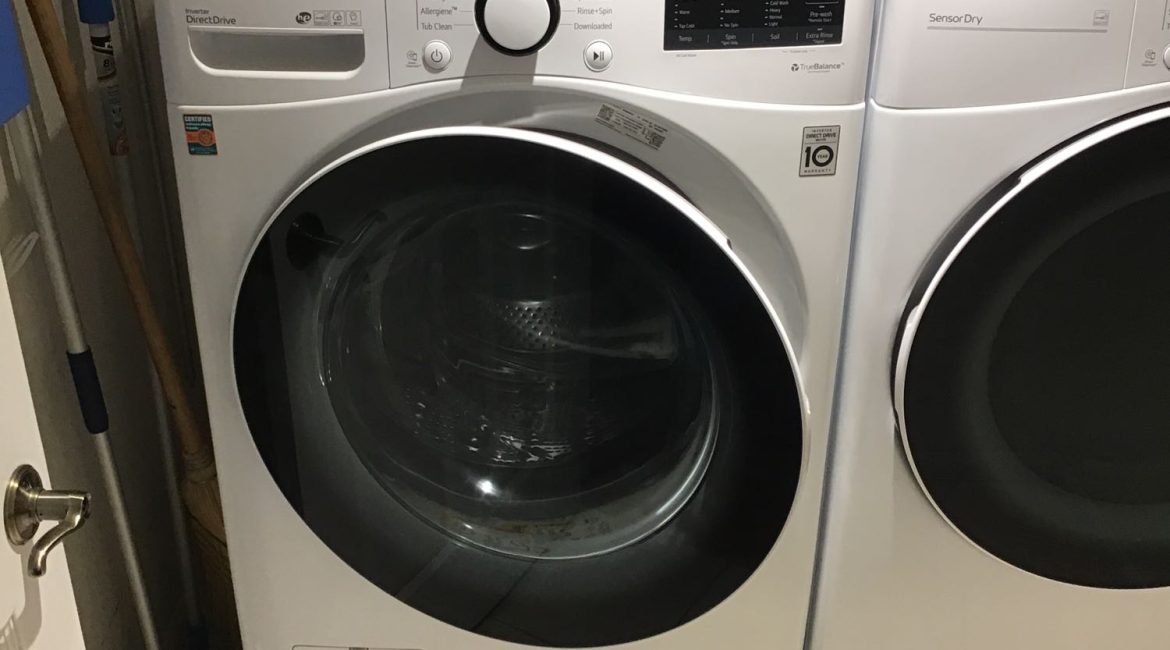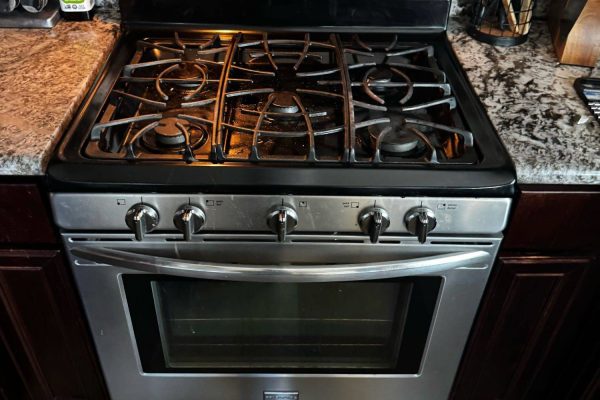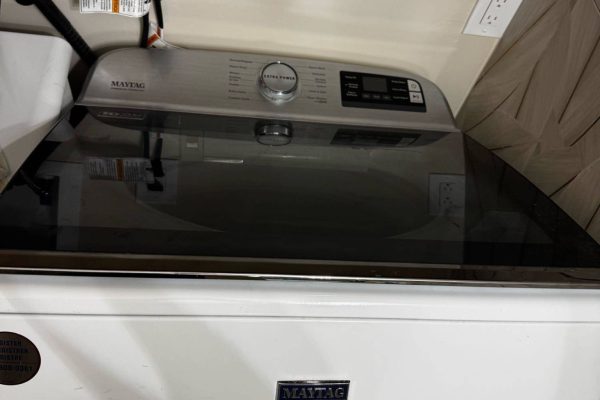When your washing machine starts a cycle and then suddenly stops at the same point every time—whether during wash, rinse, or spin—it can be frustrating and confusing. This kind of malfunction usually points to a fault in either the timer or the control board. These two components are crucial for orchestrating every phase of the washing process. Understanding their role and how their failure affects the machine can help you make informed decisions about repairs and maintenance.
The Role of the Timer and Control Board
Modern washing machines rely on either an electro-mechanical timer or a digital control board to manage the sequence of operations. The timer or control board determines how long each stage (filling, agitating, draining, rinsing, spinning) lasts and when one phase should transition to the next.
- Mechanical Timer: Older models use a mechanical dial timer that functions like a clock, moving through the stages automatically.
- Electronic Control Board: Newer models use a microprocessor-based control board that governs every function based on programmed cycles.
When either of these components fails, the washing machine may not be able to move forward in the cycle, leaving your clothes either soaked in detergent or stuck in a full drum of water.
Signs of a Faulty Timer
Mechanical timers can wear out due to repeated use. Symptoms of a malfunctioning timer include:
- The dial gets stuck or doesn’t advance.
- The cycle halts at the same stage every time.
- The machine doesn’t respond when the cycle is restarted manually.
These problems may stem from a worn gear mechanism inside the timer or electrical contacts that have deteriorated. In some cases, moisture or detergent residue can also corrode the timer’s internal parts.
Symptoms of a Defective Control Board
The control board is essentially the brain of the washing machine. It receives inputs from various sensors and determines the appropriate actions. A faulty control board might result in:
- The washer starting but stopping at a specific stage.
- Display panel flashing errors or staying unresponsive.
- Inconsistent operation across multiple cycles.
Control boards are sensitive to voltage fluctuations, water exposure, and internal component degradation over time. They can also fail due to software glitches or faulty relays.
Diagnosing the Problem
Troubleshooting this issue often requires eliminating simpler causes first:
- Power Supply: Make sure there are no power interruptions.
- Door Lock: If the washer doesn’t detect that the door is closed properly, it may pause.
- Drainage Issue: If the washer can’t drain properly, it might stop before the spin cycle.
- Sensor Malfunctions: A faulty temperature or water level sensor can interrupt the cycle.
If all these systems check out and the problem persists consistently at the same stage, it’s very likely a fault in the timer or control board.
Can You Fix It Yourself?
Basic maintenance—such as resetting the machine, checking power supply, or cleaning filters—can be done at home. However, accessing and diagnosing the control board or timer is a different story. These components are often difficult to test without specialized tools and technical knowledge. In some cases, attempting a DIY fix might lead to more damage or void a manufacturer’s warranty.
Professional Repair Is the Smart Move
Given the complexity of modern washing machines and the risk of misdiagnosis, calling in a professional is the most efficient and cost-effective route. Appliance repair technicians can:
- Run diagnostic tests to confirm whether the timer or control board is faulty.
- Safely disassemble the machine and access the faulty components.
- Replace or repair the part with manufacturer-approved replacements.
- Test the machine to ensure full function has been restored.
In many cases, control board repairs require reprogramming or specialized calibration—services that only trained technicians can provide.
Avoid Recurrence with Preventive Maintenance
To extend the life of your washing machine and avoid control failures in the future:
- Avoid overloading your washer.
- Keep the machine dry—especially around the control panel.
- Use surge protectors to guard against voltage spikes.
- Clean the detergent drawer and filters regularly to prevent buildup.
- Schedule periodic checkups for your appliance.
If your washing machine stops mid-cycle and you suspect a faulty timer or control board, don’t wait. Unfinished laundry can lead to unpleasant odors, wasted detergent, and unnecessary wear on the machine. Contact the experts at Poway Appliance Repair Service Center. Our skilled technicians are equipped to diagnose and resolve these issues quickly and efficiently—restoring your washer to peak performance without delay.
Contact us


